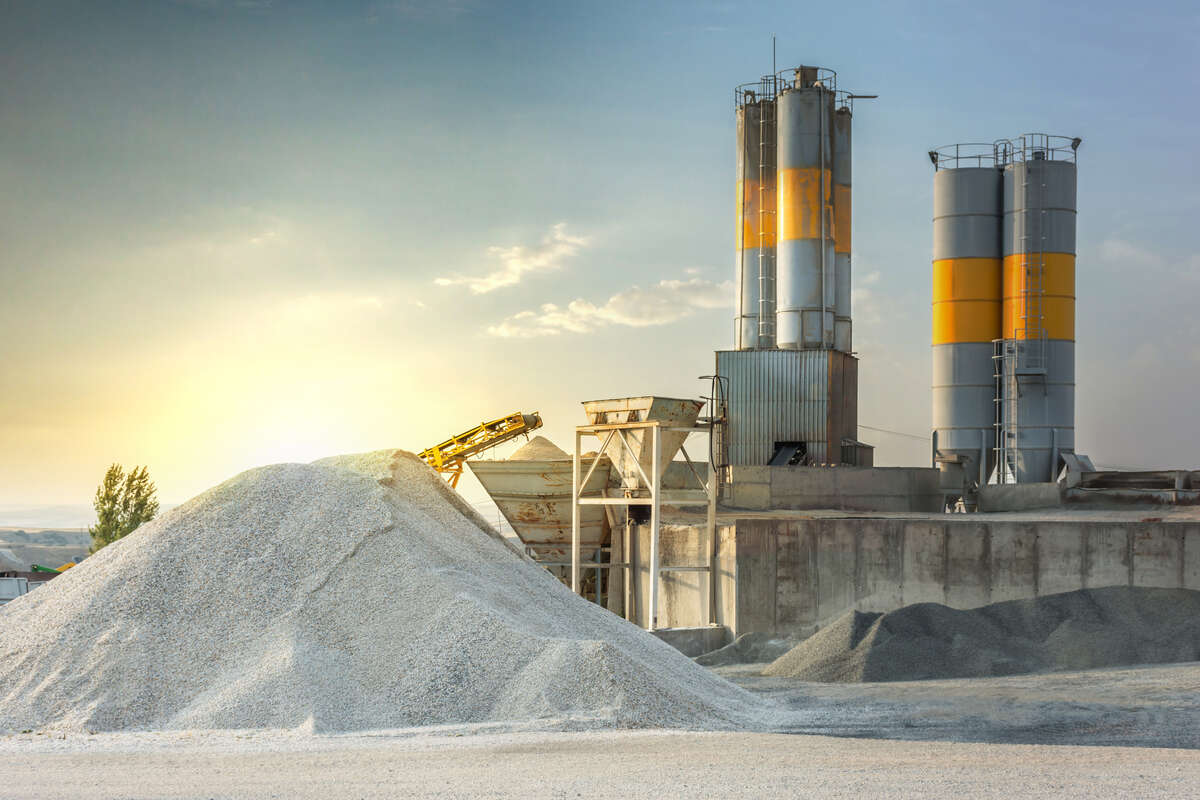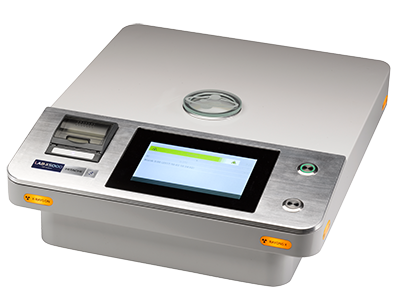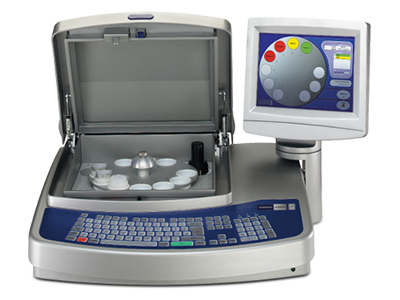Back in the middle of the last century, chlorine was routinely added to cement deliberately in the form of calcium chloride once it was discovered that adding 1-2% of calcium chloride accelerated hydration and improved strength. However, this practice has now been phased out because chlorides in cement have a corrosive effect. One of the most serious effects of chloride-induced corrosion is on reinforcing steel. Usually, steel that’s embedded within concrete is protected from corrosion by a surrounding passivation layer. But if chloride ions are present above a certain level, they break down the protective layer around the steel and corrosion begins.
But that’s not the only downside of chlorine in cement, chlorides also solubilize calcium, which negatively affects the quality of cover concrete. And at high concentrations, chlorides may destabilize Portlandite by forming calcium chlorohydroxy hydrates, which also lead to a poorer quality product.

Today, the deliberate addition of chloride in the manufacturing of cement is no longer permitted, but that doesn’t mean that it isn’t present in the product. Chlorine can be introduced via the raw materials or fuels used during the manufacturing process.
For example, cement kiln dust (CKD) can be recycled as a raw material. However, it typically contains large amounts of chlorine, and this must be removed before use. Most kiln processes use chlorine bypass systems to ensure the final product meets specification. But having a reliable process isn’t enough on its own, the concrete needs to be analyzed to ensure the chloride concentrations are low enough.
As mentioned above, it’s the internal source of chloride that’s the problem and chloride limits apply to these only. Generally, chloride limits are set in the range of 0.05 to 0.1% by weight for structural prestressed or reinforced concrete. This is roughly equivalent to 0.4 to 0.8% in cement. The use of corrosion inhibiting admixtures or galvanized steel does give some leeway for slightly higher levels.
Chloride levels are determined by detecting the presence of the chloride ion within the cement. EDXRF analysis is the ideal method because it’s fast, requires simple sample preparation and can be used on all types of materials, including powders. And, if you choose the right instrument, it will give you extremely reliable and accurate results for the level of chlorine in your cement, and can be used at several stages of production, from raw material analysis to final product.
Of our range of XRF analyzers, the LAB-X5000 and X-Supreme8000 instruments are the ones we recommend for cement analysis. Both analyzers have been designed to be rugged and durable enough to withstand dusty, high-volume production environments, such as the ones found in cement plants. To prepare a sample, you simply press the cement powder into a pellet, then place in the analyzer. With a touch of a button, the X-Ray Fluorescence analysis will return a complete compositional breakdown in minutes, making high-volume analysis easy.
And with advanced and intuitive software, you can keep an eye on trend data to see if your chloride levels are creeping up over time to prevent manufacturing problems before they occur.
The LAB-X5000 contains powerful XRF technology within a robust instrument with a small footprint, making it ideal for slotting in beside production processes. Built-in safety features, such as a safety window and automatic turntable, protects critical X-Ray Fluorescence components from accidental spillage and dust, helping to maximize the uptime of the instrument.

The X-Supreme8000 has all the accuracy and reliability of the LAB-X5000 but can accommodate up to 10 samples at a time, making it ideal for high-volume testing. The ability to setup multiple measurements in one go enables operators to carry out other tasks while analysis is in progress.

To find out more about which of these benchtop XRF analyzers are most suitable for your cement analysis, get in touch.
Get in touch